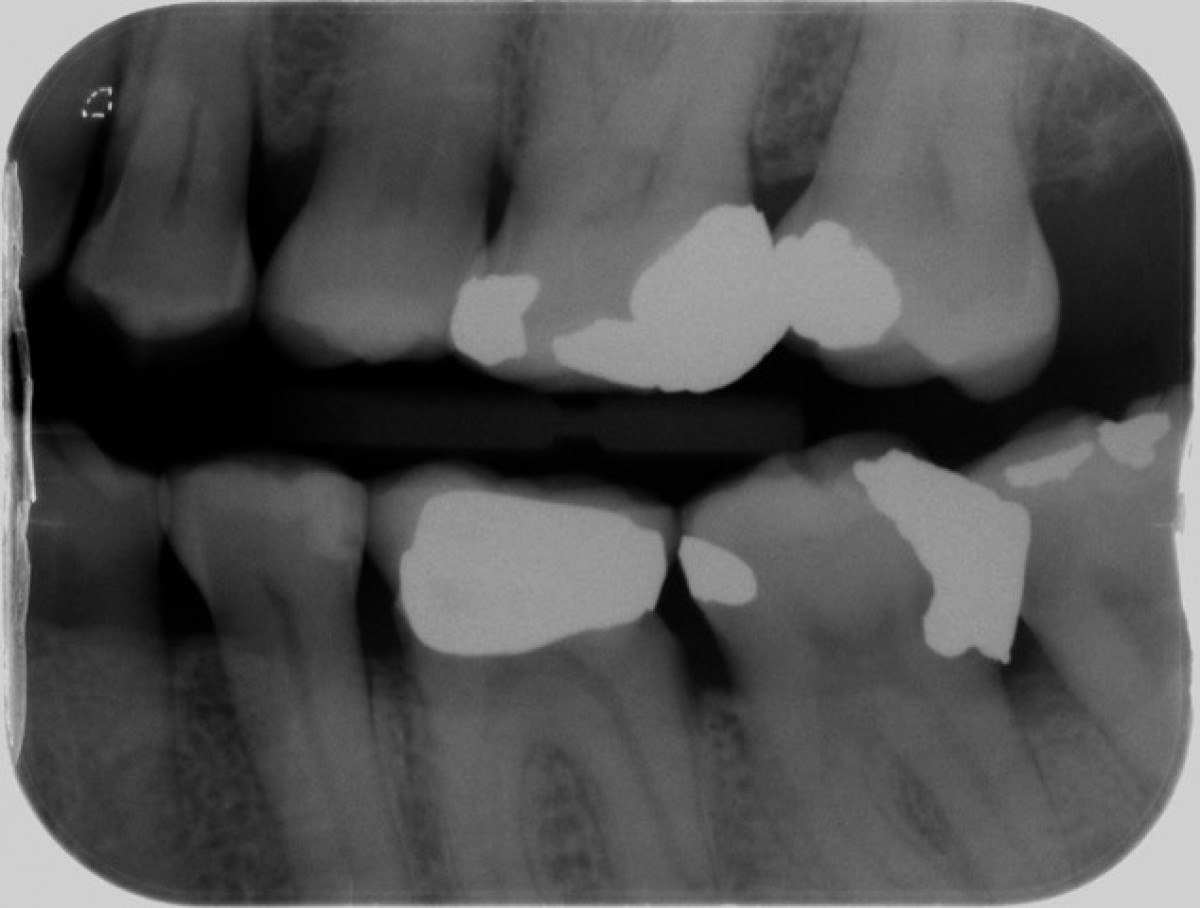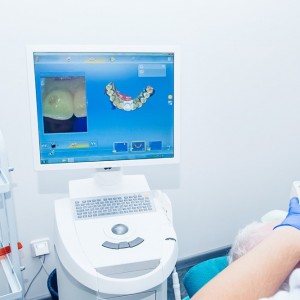
Crown Lengthening Procedure to preserve a structurally-compromised tooth: a retrospective analysis.
Lorenzo Breschi
Facing a structurally-compromised teeth has always been a challenging procedure among dentists. Teeth with extensive deep caries, crown fracture and short clinical crown may end up with insufficient tooth tissue to support or retain a long lasting restoration. Additionally, deep subgingivally-prepared tooth margins have a higher chance of creating ill-fitted restorations that may violate supra-crestal attachment and compromise the periodontal health.
In these compromised clinical situations, several valid therapeutic approaches should be considered. Among them the Crown Lengthening Procedure (CLP) with osseous recontouring is a well-recognised option. This procedure contributes to the re-establishment of the supracrestal tissue and the exposition of a sufficient amount of tooth structure in order to support the future restoration. Currently, limited evidence is available in assessing the long-term outcomes of teeth preservation after CLP, thus making it difficult to take a decision whether to extract or preserve a compromised element.
Furthermore, with the recent popularity of dental implant therapy, there is a growing tendency among the dental community towards replacing structurally-compromised teeth with implants. This attitude might be solely based on the clinicians’ presumptions and preferences without objective and evidence-based information regarding the tooth prognosis, especially for structurally compromised dentition. However, during the treatment planning, the advantage of CLP to preserve the tooth and reserve dental implant for a future intervention should be considered.
MATERIALS AND METHODS
A recently published retrospective study conducted by Dr. Ashnagar and his team in the Department of Periodontics and Oral Medicine at the University of Michigan, attempted to determine the long-term overall survival rate of structurally-compromised teeth that underwent crown lengthening procedure and restorative treatment. In this research work a thorough screening of all CLP-treated teeth in the Univeristy’s School of Dentistry was carried out between the year 1990 to 2015 for assessment and possible inclusion.
A total of 766 coded charts were initially collected. After careful evaluation of exclusion criteria, a total number of 414 teeth were included.
RESULTS
Based on the Kaplan-Meier analysis the overall estimated cumulative survival rate was 88.3% at 5 years, 78.4% at 10 years, and 68.1% at 15 years. The most frequent reason for failure of CLP in the study were reconducted to restorative problems.
Recurrent decays or repeated dislodgement of the crowns represented the 35.2% of the total, followed by fracture (29.6%).
Endodontic failure and periodontal involvement assessed respectively at 23.9 % and 11.3% of the cases.
Moreover, considering the 5-10 years period, fracture represented the 36% of the total failures; while in 10-15 years caries and restorative failures were assessed at of 50% failed cases.
CONCLUSIONS
The work by Dr. Ashnagar concluded that structurally-compromised dentition has 10-years survival rate close to 80% after crown lengthening and restorative procedures. However, in patients with high caries or fracture risk the possibilities of other treatment options should carefully evaluated.
CLINICAL IMPLICATIONS
Some disadvantages of CLP to be considered are:
- the excessive removal of bone around adjacent teeth
- the reduction of the alveolar bone that complicate future implant placement.
These aspects are foundamental to make a decision to preserve a structurally-compromised tooth or extract it. Further, independently from the therapeutic approach, it is of paramount importance to explain the patients that dental implant therapy may seem predictable in replacing the tooth, but prosthetic and biological complications may also occur in the long-term.
For additional information:
Long-term survival of structurally compromised tooth preserved with crown lengthening procedure and restorative treatment: A pilot retrospective analysis.
 Related articles
Related articles
Restorative dentistry 03 November 2025
The worldwide interest of both dentists and patients in esthetic dentistry has affected decision-making in dental practice.
Restorative dentistry 12 September 2025
Traumatic tooth injuries involve function and aesthetics and cause damage that range from minimal enamel loss to complex fractures involving the pulp tissue and even loss of the tooth crown.
The purpose of restorative dentistry is to restore and maintain health and functional comfort of the natural dentition combined with satisfactory aesthetic appearance.
Oral surgery 15 July 2025
The influence of patients' decisions on treatment planning in restorative dentistry
As part of treatment planning, options are presented to patients by dentists. An informal discussion takes place involving a cost-benefit analysis and a treatment plan is agreed.
Restorative dentistry 01 July 2025
Advances in CAD/CAM Technology for Chairside Restorative Dentistry: A Workflow Analysis
Chairside CAD/CAM technology has revolutionized restorative dentistry, offering streamlined workflows and improved patient outcomes.
 Read more
Read more
Much like EMTs rushing to the scene after an accident, stem cells hurry to the site of a skull fracture to start mending the damage. A new finding has uncovered the signaling mechanism that triggers...
Products 05 November 2025
SimplyTest has launched a groundbreaking saliva-based test to detect high-risk strains of oral human papillomavirus (HPV), a major cause of oropharyngeal cancers.
News 05 November 2025
Perimetrics, Inc., a dental technology company pioneering quantitative diagnostics, announced today that the U.S. Food and Drug Administration (FDA) has granted clearance for the InnerView...
News 05 November 2025
On October 15, open enrollment for Medicare began nationwide. Hundreds of thousands of seniors in New Jersey will once again face the challenge of finding the right Medicare coverage, including the...
Digital Dentistry 04 November 2025
Digitalisation is an expanding field in dentistry and implementation of digital teaching methods in dental education is an essential part of modern education.















